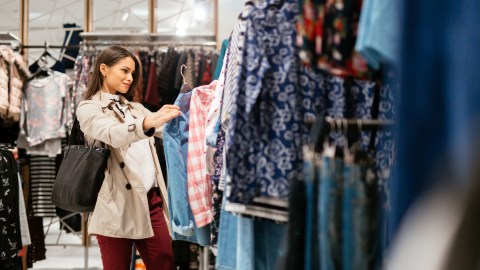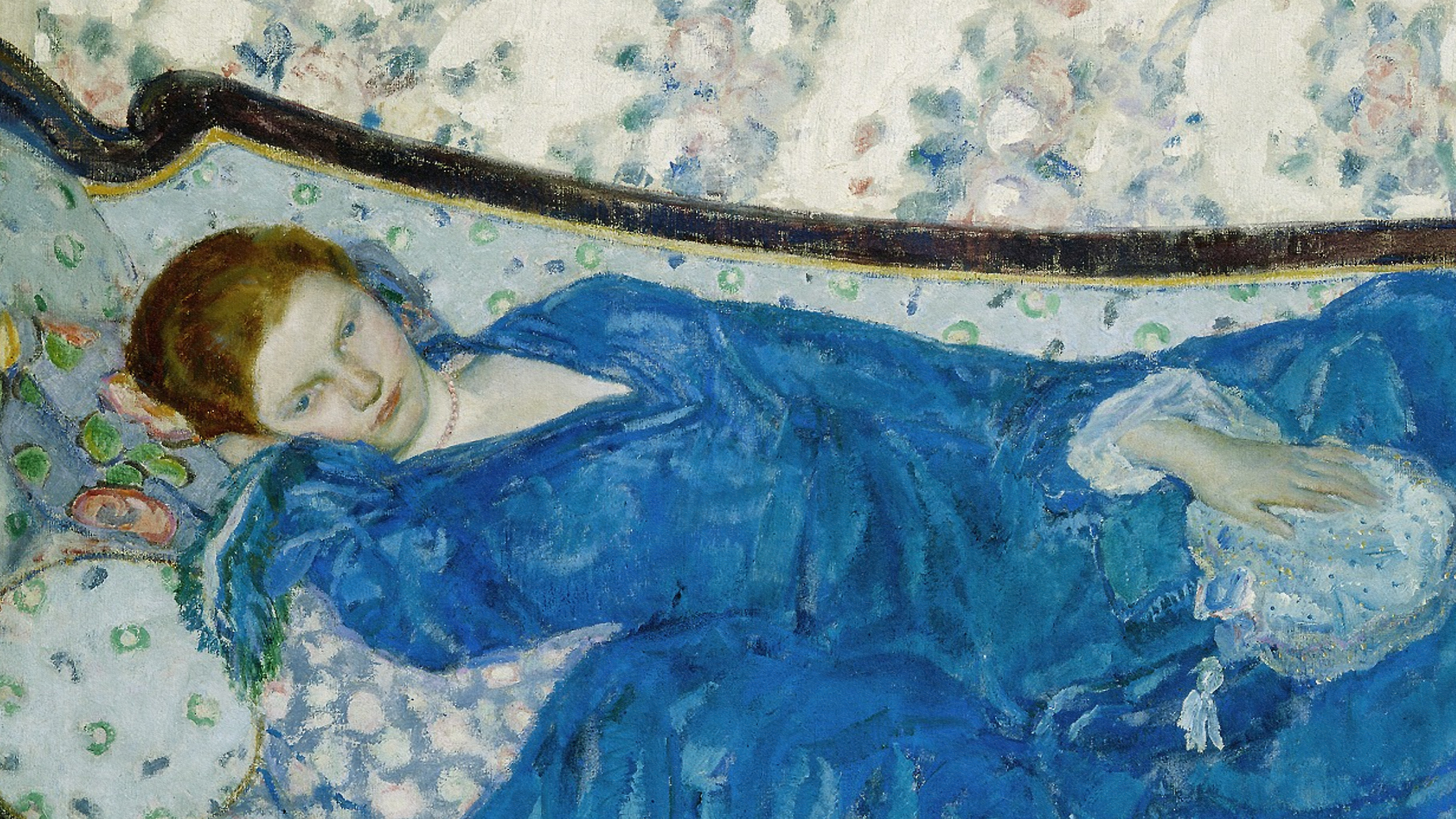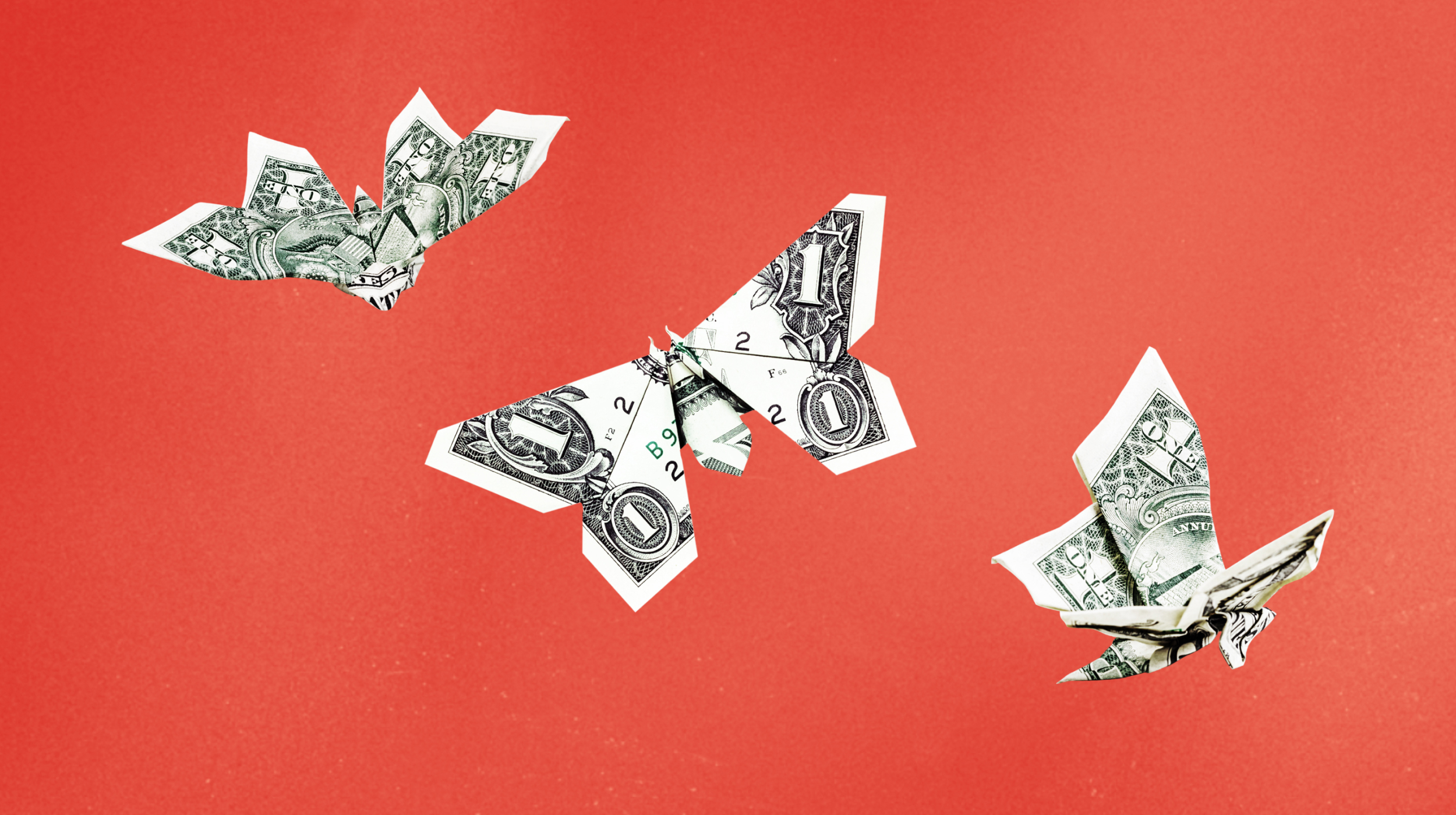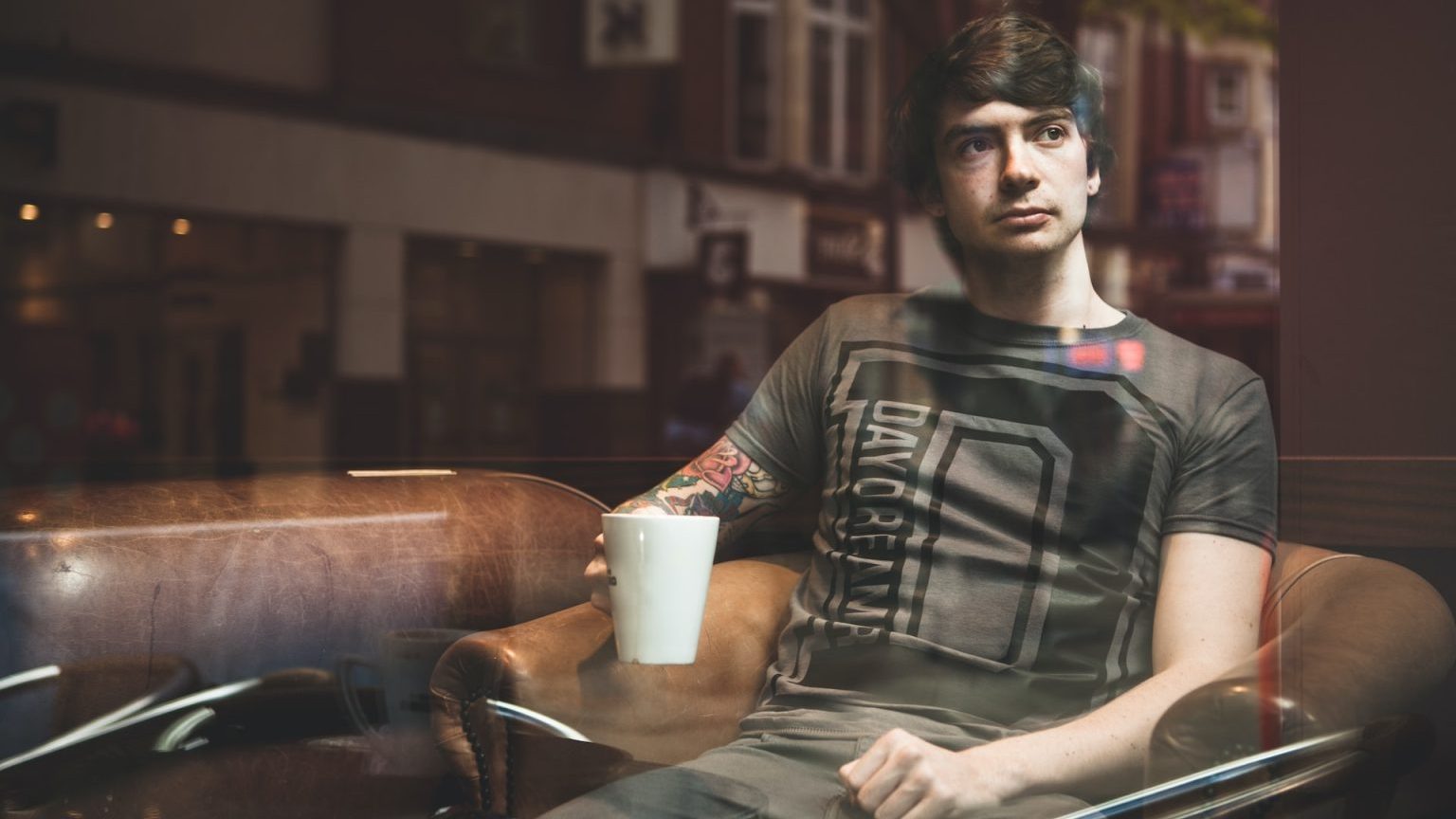Retail therapy is proven to work, but at what psychological cost?

Photo by nd3000 on Shutterstock
- Retail therapy is a process of shopping for the purpose of making yourself feel better.
- According to financial psychologists, there is a psychological connection between your emotions and how you spend (and save) money, which explains how retail therapy can have such a positive, uplifting effect on our state of mind.
- However, retail shopping often happens when we are vulnerable, and that is when our impulse control often goes unchecked.
Retail therapy is a process of shopping for the purpose of making yourself feel better. Retail therapy is much more common than you think – in fact, many of us are guilty of therapy shopping without even realizing it.
Some examples of retail therapy can include:
- Having had a bad day at work, you stop at the mall on your way home and buy several new items that you weren’t considering purchasing beforehand.
- You receive bad news over the phone that puts a damper on your Saturday, so you decide to order pizza to make yourself feel better.
- You are sick, feeling anxious or depressed, and decide to purchase a big-ticket item (such as a new TV, laptop, a vacation) to cheer yourself up and have something to look forward to.
According to online counseling service platform Better Help, retail therapy shopping can be considered a positive thing if you have the means to allow for big splurges – but if you’re living paycheck to paycheck and putting these retail therapy purchases on credit, it will only cause problems in the future.
Whether it’s a big purchase like a flat screen TV during a big sale, a dress that makes you feel beautiful, or an investment into remodeling a part of your home, there are many situations where spending money adds value to our lives.
Financial psychologist Dr. Tracy Thomas explains that there is a psychological connection between your emotions and how you spend (and save) money, which explains how emotional purchasing can have such a positive, uplifting effect on our state of mind.

Retail therapy is proven to work – but is there a negative psychological cost?Photo by Dean Drobot on Shutterstock
Lead researchers (Meloy and Atalay) of a 2011 study on retail therapy explain that therapeutic shopping can be considered a strategic effort to improve our mood. The results of the study prove that the idea of buying items to make yourself feel better (window shopping) improves your mood as much as actually purchasing the items do.
How does retail therapy prevent sadness?
Sadness is a situational experience that results from things we sometimes have no control over. When we’re overcome by sadness, sometimes we want nothing more than to be happy, but can’t seem to pull ourselves out of the emotion that’s dragging us down. A separate 2013 study explains that retail therapy is most impactful when we’re sad, but not necessarily when we are angry. The choices involved in retail therapy offer restored personal control over your environment, which makes us feel better in certain situations.
The potential negative consequences of retail therapy
It’s common for people to feel as if they are indulging a bad habit when they make unplanned purchases – but is retail therapy really that bad for you?
It all depends on your financial situation, explains mental health professional Crystal Raypole. If you maintain purchases that are within your spending budget, you are not likely to see the negative impacts of that in your life.
However, retail shopping often happens when we are vulnerable (feeling sad, upset, threatened, etc.) and these are moods where our impulse control is often unchecked. If you are spending outside of your means, you may end up with significant levels of debt due to purchases that were originally supposed to make you feel happier.
While they may serve that purpose in the beginning, if the purchases lead to further debt, the happiness will be short-lived and stress over unpaid bills will soon follow.
Are retail therapy and compulsive shopping the same?
Compulsive shopping (or compulsive buying disorder) and retail therapy are both about spending money to make yourself feel better, but beyond this they are wildly different.
Compulsive shopping, unlike retail therapy, is a momentary pleasure. The happiness involved in the purchase doesn’t typically last past the moment of purchase.
With compulsive shopping, you may:
- Purchase things you don’t need or want because you like spending money
- Not be able to control your shopping impulses
- Feel the need to hide purchases
- Not actually use the things you purchase because you have no reason for buying them
- Need to shop more and more as time goes on, not feeling satisfied with one purchase to boost your mood
Retail therapy, on the other hand, is more likely to:
- Be a strategically planned purchase, even if you don’t necessarily need it, you purchase something you know will add value to your life
- Involve you purchasing something that has been on your “wish list” for a while instead of buying something you have never considered buying before
- Consist of buying something you have reason to buy (a phone or new planner to help you stay organized, a new bed to help you sleep better, etc.)
Raypole further explains that the key to determining whether you are retail shopping or compulsive shopping lies in how you feel about the purchase afterward and whether you have the ability to say no to yourself in the moment of purchase.





